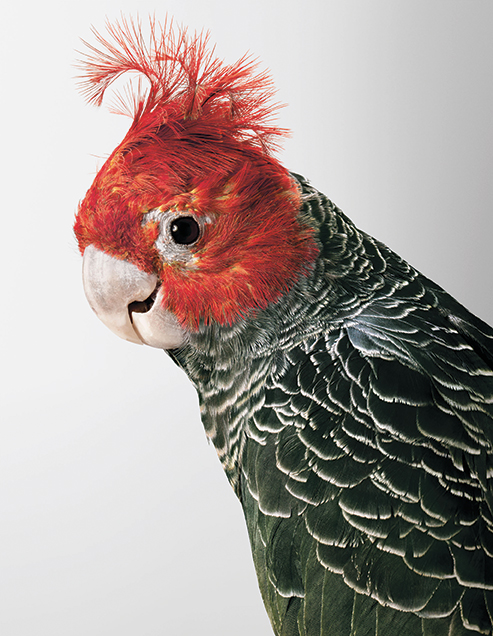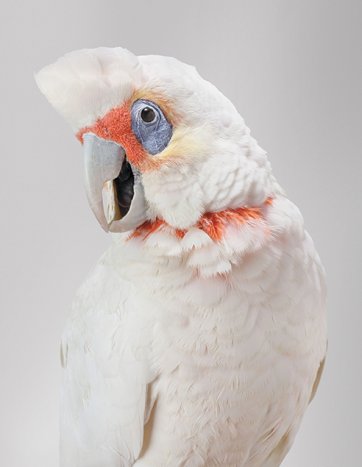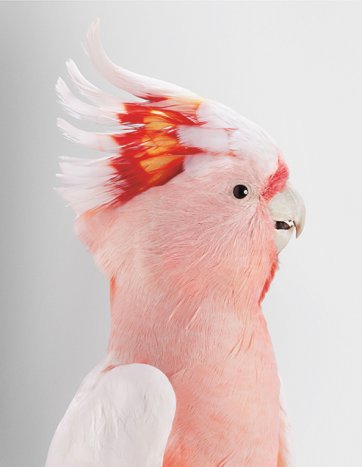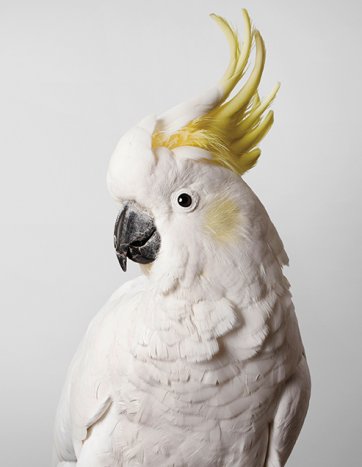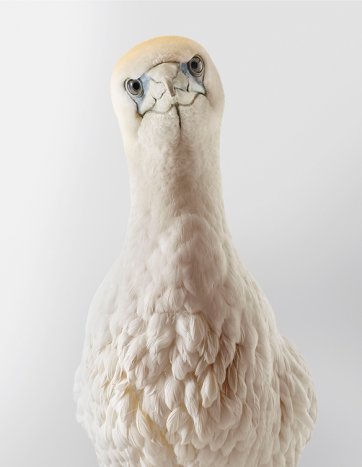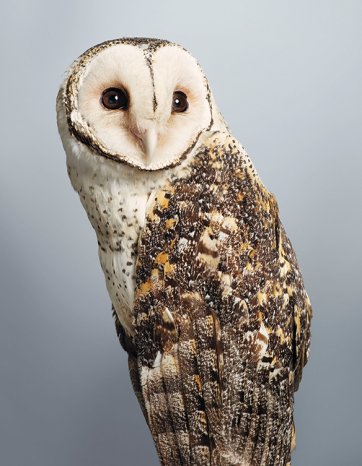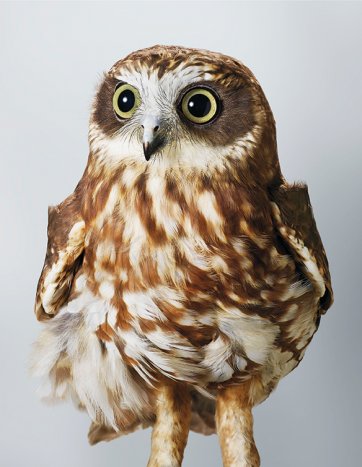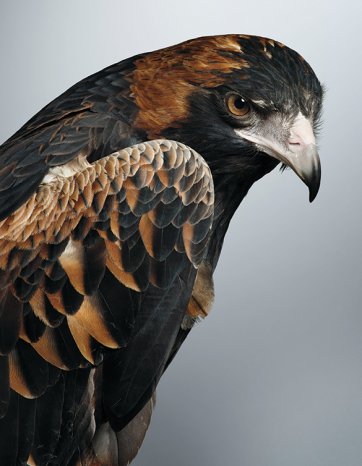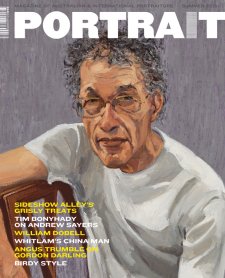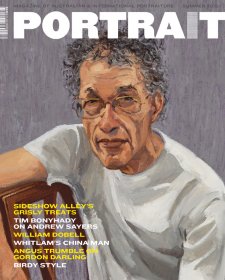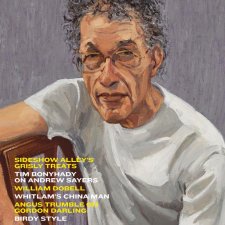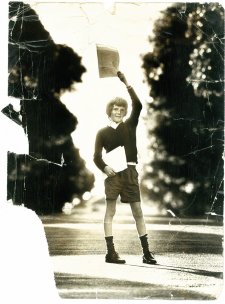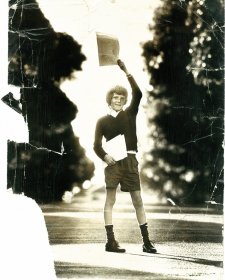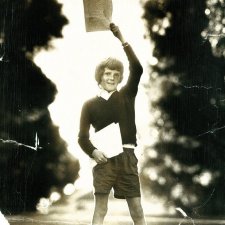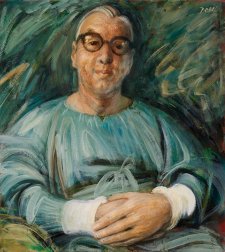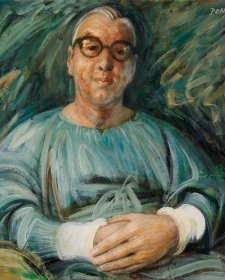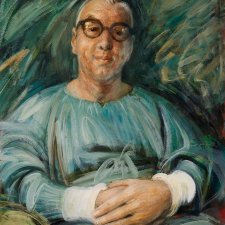Leila Jeffreys, represented by Olsen Irwin Gallery, is a fine-art photographer who has exhibited in Sydney, Melbourne, London, New York, Hong Kong and Singapore. She specialises in stark, warm portraits of birds, taken against plain backdrops under lights in a portable studio she invented. Mostly, she finds her subjects through her network of birdwatchers, sanctuaries, rescue centres and wildlife carers. Since her childhood in New Guinea, Western Australia and India, she’s been friends with animals; an intense dedication to species protection informs her work. While utterly contemporary, the book’s an elegant, distinctly feminine descendant of the renowned 'Exhibit Format' volumes that contributed profoundly to the establishment of the American conservation movement in the 1960s.
Three elements of Jeffreys' works are characteristic. First, in her portraits there’s nothing to compete with the birds' own texture. In contrast to their cousins in wildlife photographs, the subjects aren’t peeking from under grevilleas or between grass blades, perched atop rocks, flying against clouds. Secondly, for the very brief, strange period of their lives that they’re being photographed, the birds inhabit a shadowless place. Thirdly, Jeffreys’ photographs are printed to huge scale, enabling us to see and conceive of birds in a way that even the greatest ornithological illustrators couldn’t and can’t offer us. Until I looked at Leila’s photographs, I never really considered the way feathers fitted around a bird, for example. Certainly, I hadn’t observed the different positions of birds’ nares, or the different textures of their ceres. Actually I neither knew what nares or ceres were, nor that some birds have them and some don’t. Of course I knew that birds had eyes, but not that they came in so many different colours. It turns out birds’ eyes - even wrens' - aren’t just little black beads. Fancy that!
